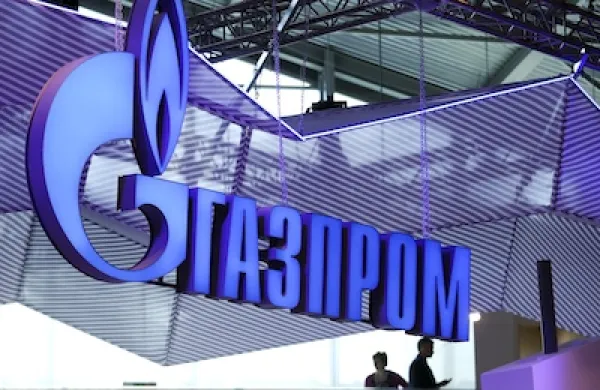Investing requires patience. Paying attention to valuation generally leads to superior investment returns, usually sooner rather than later. But manic markets like the Nifty 50 stocks of the late 1960s and early ’70s, the TMT (tech, media and telecom) craze of the late ’90s and the quantitative-easing-induced frenzy of the past several years can be punishing to value-focused investors. It may be helpful to remind oneself that the years following 1972 and 1999 clearly rewarded value investors. Better still, it may also be helpful to put the long waiting time into perspective. After all, investment should be a long-term endeavor.
The stock market — that fascinating, bipolar entity — will periodically provide us with the opportunity to purchase the product of years’ worth of toil, aggravation, pain, industry and productive value, and to do so in a millisecond and at a small fraction of the capital costs. Wildly bifurcated markets, while exceptionally frustrating, are the best environments for finding valuable assets priced as amazing bargains.
Let’s start with hydroelectric dams. Electricity production capacity that is pollution-free, emits no greenhouse gases, has a variable cost of virtually zero and, as an offshoot, provides irrigation and flood management is clearly a valuable property. But the construction of dams is expensive and often politically contentious. As to whether it is worth the cost or the political and engineering hassles, we are agnostic. But we see opportunities. Investors’ collective phobia toward Brazil and Russia has put shares of two of the world’s premier hydroelectric franchises, Eletrobras and RusHydro, on the auction block for 15 percent and 35 percent of book value, respectively.
Another opportunity afforded the patient investor exists in the gold mining industry. Conjuring incremental money takes no time at all, if by money we are referring to fiat currencies. Digital trillions require merely a key stroke; patience has been neither required nor exhibited. Conversely, producing an incremental gold coin requires rigorous effort, a lot of capital investment and the patience of a saint. New gold mines generally take more than a decade to find, drill, assess, permit, finance (and divvy the economics among owners, government and other stakeholders), build and begin to operate. There is a reason only a few major mines have been constructed over the past 30 years.
Entering the gold mining business is arguably crazy. Yet a patient investor need not be exposed to the anguish and expense. Here, too, the valuable product of successful exploration — years of toil, fruitful negotiation and massive capital investment — is periodically wholesaled on Wall Street for cents on the dollar. Names that we like in this space are many: Barrick Gold Corp., Centerra Gold, Dundee Precious Metals, Gabriel Resources, Goldcorp, Kinross Gold Corp., Kirkland Lake Gold, Lundin Gold, Newcrest Mining, Northern Dynasty Minerals, NovaGold Resources and Turquoise Hill Resources.
Uranium is next on our list of valuable yet unloved commodities that can result in investing opportunity. Like hydro, uranium is used to produce electricity at an extremely low variable cost and without air pollution or greenhouse gases. Unfortunately (fortunately, for investors?), uranium is relatively scarce and getting more scarce. Consumption has been exceeding mine supply for the past 20 years. According to energy expert Marin Katusa, the annual deficit could be 55 million pounds by 2020. New mines take many years to develop and generally would require much higher uranium prices to justify the investment. How odd, yet fortuitous, that Canada’s Cameco Corp., owner of the world’s best uranium mines, has had its shares smacked by the market, bouncing along at the lowest price levels seen since 2004.
The list of bargains is long. There’s Utah-based SkyWest Airlines, which partners with many of the largest U.S. carriers and operates nearly 1,800 flights a day. Over the past 18 years, SkyWest’s book value has multiplied 12 times, but its shares are trading at the same level that they were in 1998 — roughly half their book value. Similarly, at the height of the telecom mania in 1999, KT Corp. (formerly Korea Telecom) ADRs sold for $75. Patient investors now have the chance to pay less than $13 a share, or two thirds of book value, for the very same franchise.
Investors today have an unparalleled opportunity to accumulate some of the world’s most valuable, scarce, hard-to-replicate and desirable businesses and resources at a huge discount. Just remember that patience here is not only a virtue, it is also a requirement.
David Iben is chief investment officer and lead portfolio manager for Tampa Bay, Florida–based Kopernik Global Investors.





